By JohnTheKraken
An Overview
The video game industry, over the decades, has birthed a vast array of genres, each catering to various play styles and tastes. However, few genres have captured the hearts and minds of players as passionately as the ‘Open World Survival Craft’ (OWSC) genre. This style of gameplay, marked by unrestricted exploration, crafting mechanics, and the constant threat of environmental dangers, has revolutionized the gaming landscape, offering endless hours of immersive experiences to players around the world.
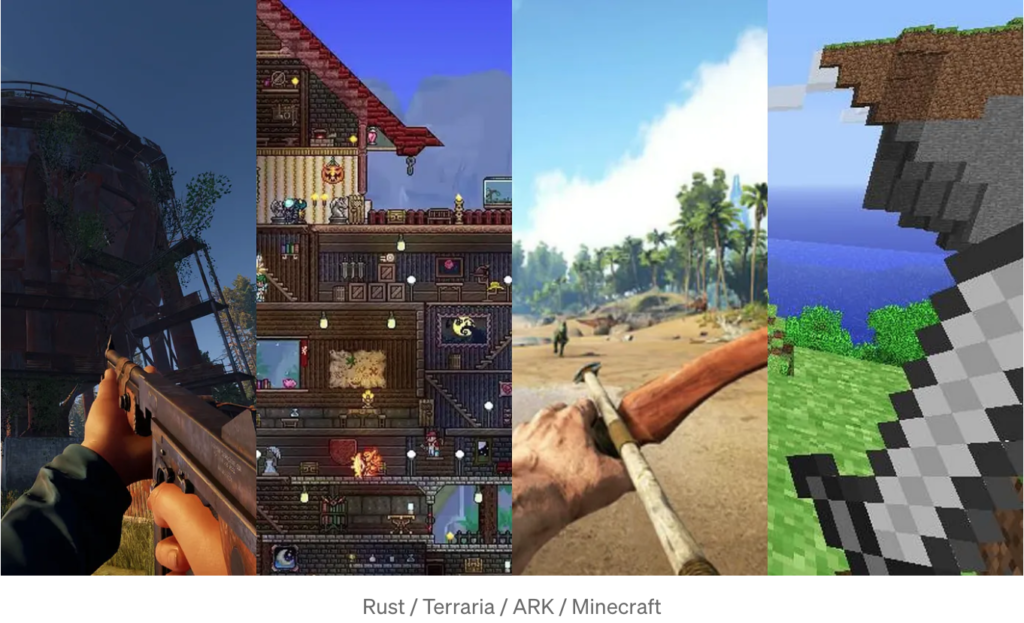
Definition of the Open World Survival Craft genre
The Open World Survival Craft genre is best characterized by three primary elements:
Open World: This refers to a vast, explorable game space without the confines of linear progression. Players can wander, explore, and interact with the world at their own pace, often stumbling upon various biomes, terrains, and hidden treasures. The world often feels alive, with dynamic weather systems, day-night cycles, and ecosystems.
Survival: Survival is the essence of this genre. Players are not only combating enemies but also hunger, thirst, temperature, and sometimes even sanity. Resources are typically scarce, forcing players to hunt, forage, and strategize to stay alive. This constant threat adds a layer of tension and realism to the gameplay.
Crafting: A hallmark of OWSC games is the ability to collect resources and craft them into tools, weapons, shelters, and sometimes even intricate machinery. This mechanic allows players to interact deeply with the world around them, shaping it and being shaped by it in return. From building a simple wooden shelter in a storm to constructing massive fortresses and cities, crafting mechanics enable creativity and innovation.
Brief overview of its emergence and evolution
Originating from a mix of role-playing games (RPGs), sandbox titles, and adventure games, the OWSC genre took form when these elements combined with sandbox freedom. The late 2000s saw a significant shift with games like Minecraft in 2009 pioneering the genre, driven by open-world mechanics and the creativity of indie developers. This innovation, bolstered by advancing technology like procedural generation and advanced AI, reshaped the gaming landscape. The genre’s blend of exploration, creativity, and challenge epitomizes the depth and innovation of modern gaming.
Origins and Early Days
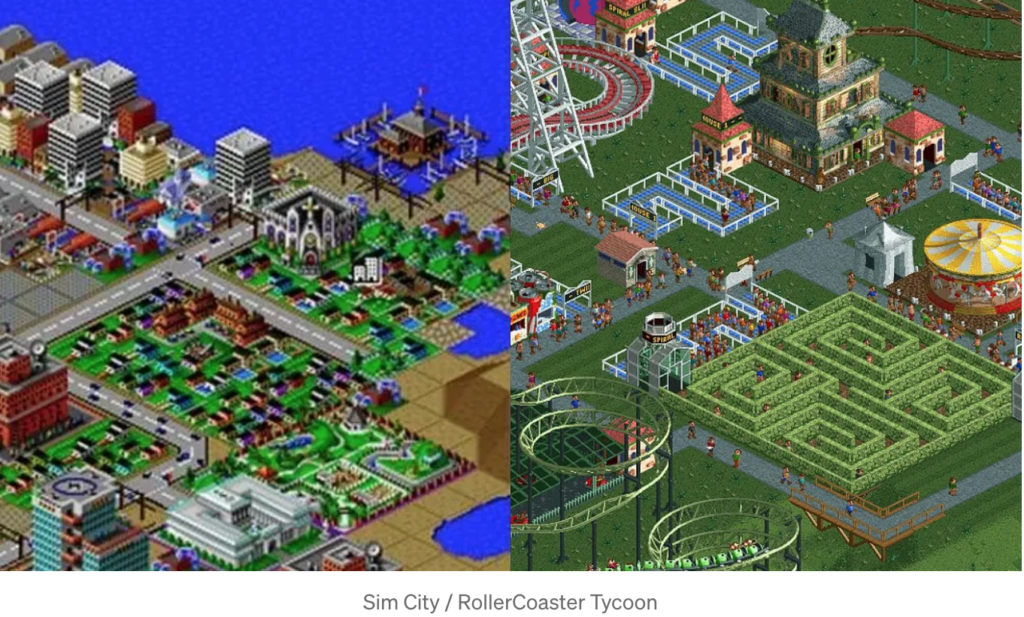
Precursors to the genre
Long before the emergence of the OWSC genre, the gaming world was flirting with elements that would one day define it.
The allure of sandbox games lies in their offer of freedom, enabling players to interact with the world without strict objectives. Early sandbox titles, like SimCity and RollerCoaster Tycoon, introduced the concept of world-building. Players weren’t just participants; they were creators, shaping environments according to their whims.
Meanwhile, survival elements began creeping into titles, placing players in hostile environments where resource management was crucial. Games like Don’t Starve gave players a taste of what it felt like to battle the environment, hunger, and creatures lurking in the shadows.
First genuine ‘Open World Survival Craft’ games
The true birth of the OWSC genre saw the fusion of sandbox freedom with survival mechanics, exemplified by pioneering titles. Crafting became essential, not just beneficial. The environment played dual roles — both as a creative canvas and a relentless challenge.
When the first OWSC titles like Minecraft, Terraria, and Rust emerged, they were met with fascination. These games didn’t just offer an open world or a survival challenge; they melded both. The sheer novelty of shaping the game world while simultaneously battling its threats captivated players. The freedom to mine, build, farm, and fend off threats in an open-world setting was exhilarating. Such games were celebrated not just for their gameplay mechanics but also for the boundless creativity they fostered, invoking a sense of wonder and discovery that resonated deeply with a global audience.
Groundbreaking and Influential Games
Minecraft (2009)
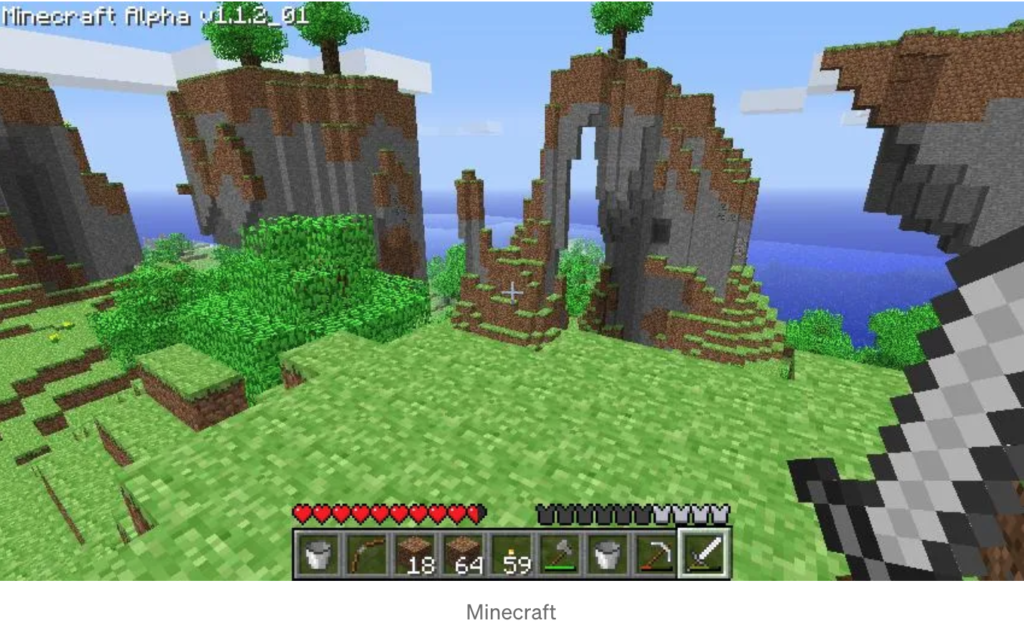
Released in 2009 by Markus Persson (known as “Notch”), Minecraft introduced players to a blocky, pixelated universe where the only limit was their imagination. This sandbox game encouraged crafting, mining, and building, offering an open world made entirely of blocks. Nightfall brought monsters, adding a survival challenge to the otherwise serene landscape.
Beyond just gaming, Minecraft became a cultural phenomenon. It inspired countless YouTube channels, merchandise, spin-off games, and even an educational version. The game popularized the voxel-based design in gaming and demonstrated the power of simplicity in gameplay mechanics.
One of the strengths of Minecraft was its malleability. The modding community took the base game and expanded it in countless directions, introducing new mechanics, worlds, and challenges. This not only prolonged the game’s life but also showcased the potential of the OWSC genre, as mods added complex survival, technological, and magical systems.
Terraria (2011)
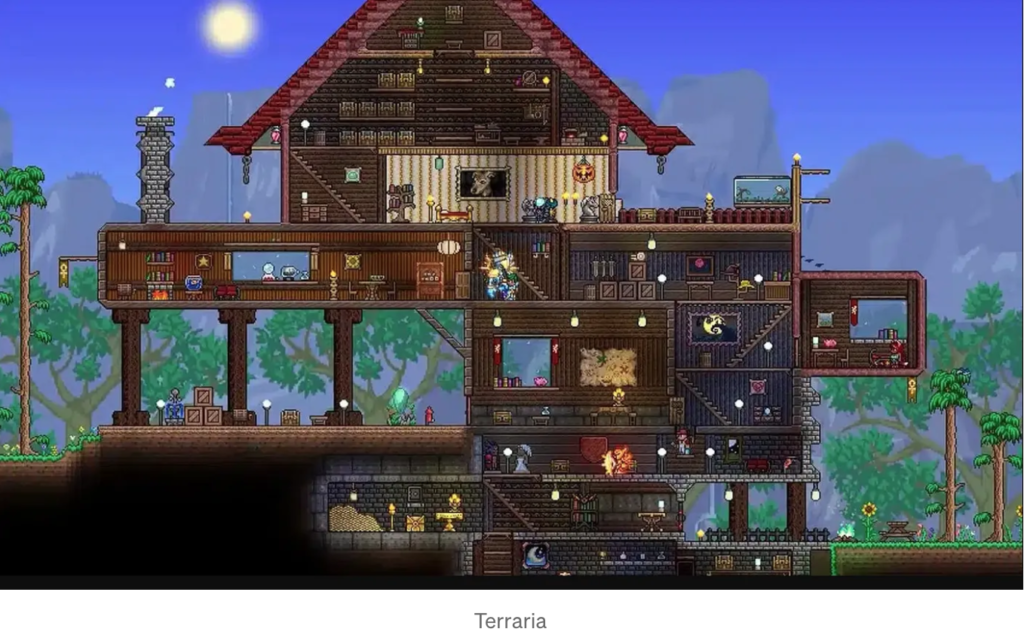
While Minecraft was a 3D sandbox, Terraria offered a 2D experience. It was more than just a “Minecraft in 2D”; it introduced a plethora of items, enemies, bosses, and biomes, presenting a deeper combat and exploration system.
Terraria blended classic platforming with crafting and survival. Its rich ecosystem, intricate systems, and progression curve made it stand out. The game demonstrated that the OWSC genre could thrive in different dimensions and graphical styles.
Rust (2013)
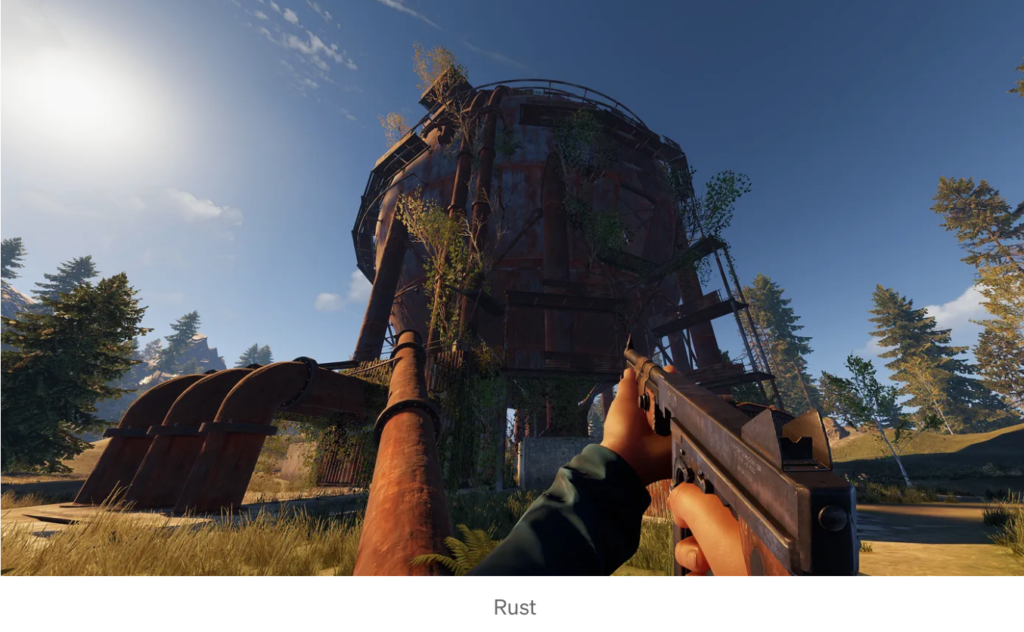
Rust took the survival element of the OWSC genre to a new level. Instead of just environmental threats, the biggest danger was other players. Trust and betrayal became core elements, as players formed alliances or waged wars over resources.
Over time, Rust underwent numerous changes, refining its gameplay and adding new mechanics. The game’s brutality and unforgiving nature carved out a niche audience, proving that hardcore survival elements had a dedicated following.
ARK: Survival Evolved (2015)
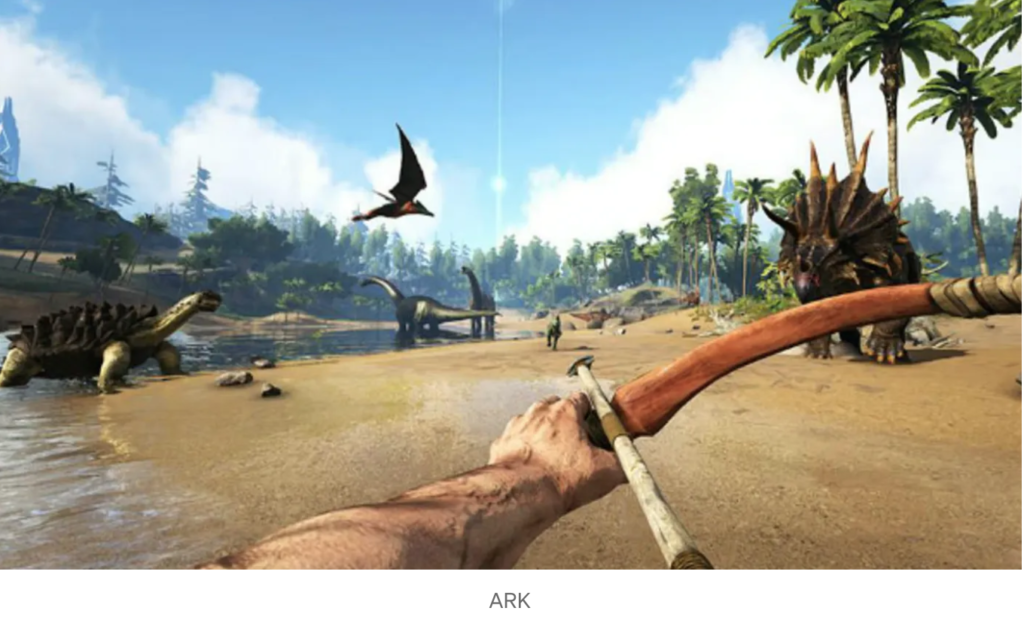
ARK offered a unique premise: survival in a world dominated by dinosaurs. Players could hunt these creatures, or better yet, tame and ride them, leading to epic battles between tribes riding massive beasts.
The taming mechanic was central to ARK, turning potential threats into allies. Crafting, too, was intricate, allowing players to create everything from simple tools to advanced machinery and sprawling bases.
Other notable games that helped shape the genre
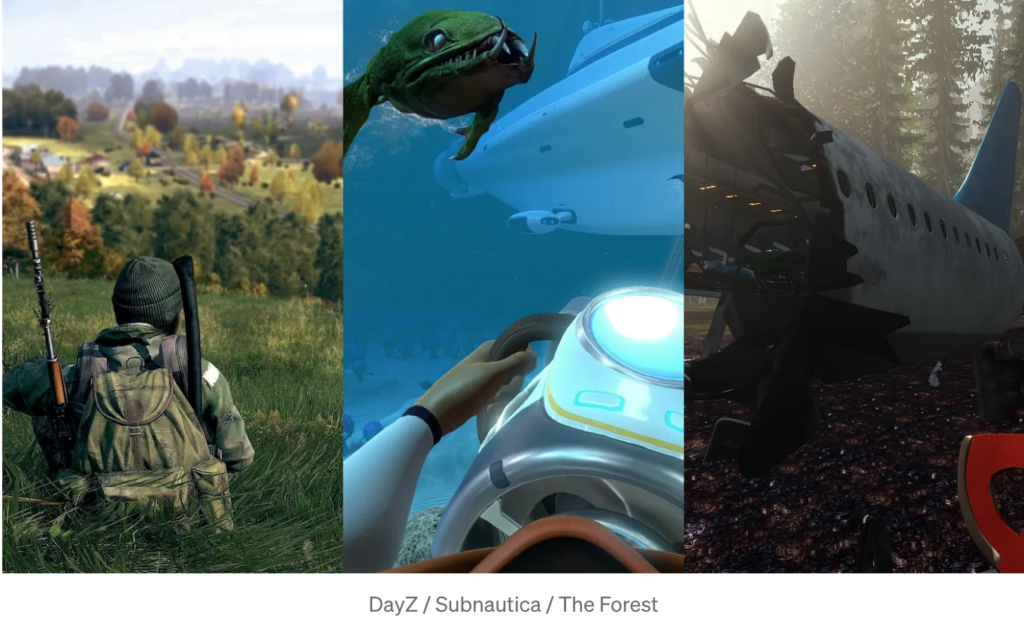
Titles like Subnautica submerged players in an alien ocean, introducing underwater survival challenges. The Forest threw players into a mysterious island filled with cannibalistic tribes, emphasizing shelter-building and defense. DayZ, a mod turned standalone game, popularized the zombie-survival sub-genre, blending PvE and PvP elements in a post-apocalyptic setting.
Each of these games introduced unique twists, broadening the scope of the OWSC genre. They showcased the versatility of the survival-crafting formula, proving it could be adapted to various settings, narratives, and gameplay mechanics.
Evolution of Gameplay Mechanics and Features
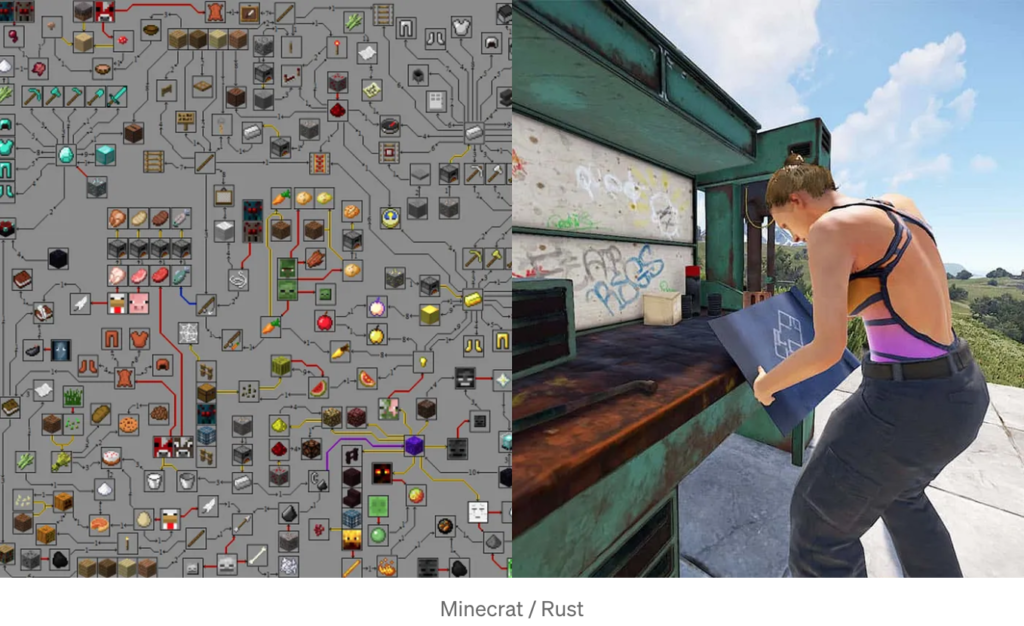
Crafting systems and their complexities.
Over time, the crafting mechanics in OWSC games have evolved from basic item combinations to intricate systems that require meticulous planning. Initially, crafting was as simple as merging two items to create a tool or structure. As the genre matured, games started to incorporate complex recipes, necessitating the collection of diverse materials and the usage of specialized crafting stations. These advanced systems demanded players to understand and interact with their environments in more depth, turning crafting from a sideline activity into a core gameplay mechanic.
Role of environment and procedural generation.
The environments in OWSC games have grown to be more than just backdrops; they are dynamic entities with ever-changing challenges. The introduction of procedural generation — where game terrains and ecosystems are created through algorithms rather than handcrafted design — brought unpredictability and replayability. Each playthrough became unique, with different terrains, resource placements, and challenges, making adaptation a key player skill.
Multiplayer and social dynamics.
As the genre advanced, the solitary survival experience began to evolve into a communal one. Multiplayer modes introduced social dynamics, as players either collaborated to survive or competed for resources. This added a fresh layer of complexity; other players could be allies one moment and threats the next. The importance of communication, trust, and strategy skyrocketed, turning the OWSC genre into a rich tapestry of human interactions.
Story elements and lore
Initially, most OWSC games were light on narrative, focusing primarily on the gameplay experience. However, as the genre expanded, developers began weaving in rich stories and lore. Games like Subnautica and The Forest paired survival mechanics with intriguing narratives, providing context for the player’s actions and adding emotional weight to the survival experience. This narrative layer transformed the genre, merging the thrill of survival with the depth of storytelling.
The Cultural and Social Impact

Emergence of massive online communities
OWSC games have fostered immense online communities. Platforms like YouTube and Twitch have seen content creators and players sharing their in-game experiences, strategies, and creations, garnering millions of views. These online spaces act as hubs where fans discuss game updates, share building techniques, and collaborate on projects. Such community interactions have transcended beyond the virtual world, leading to conventions and gatherings that celebrate the shared love for these games.
Real-world applications and educational value
Minecraft in education. Recognizing the potential of Minecraft as an educational tool, Mojang developed “Minecraft: Education Edition.” This version allowed educators to teach subjects like mathematics, history, and computer programming in an interactive environment. The game became a classroom tool where students could model historical sites, solve mathematical problems, or even learn coding.
Games as a medium for creativity. Beyond mere entertainment, OWSC games serve as canvases for creativity. Players have reconstructed entire cities, replicated famous landmarks, and even scripted in-game movies. This genre has underscored the potential of video games as a powerful medium for artistic expression and innovative thinking.
The economy and business models (microtransactions, skins, mods)
With the popularity of OWSC games came new business opportunities. Microtransactions, which involve small in-game purchases, have become a staple, allowing players to customize their avatars with skins or access special items. Some games, such as Minecraft, have community marketplaces where players can sell or buy mods, designs, or in-game assets. These business models not only provide revenue streams for developers but also empower players to contribute to the game’s economy and even earn from their creations.
Future Prospects for the Genre and Beyond
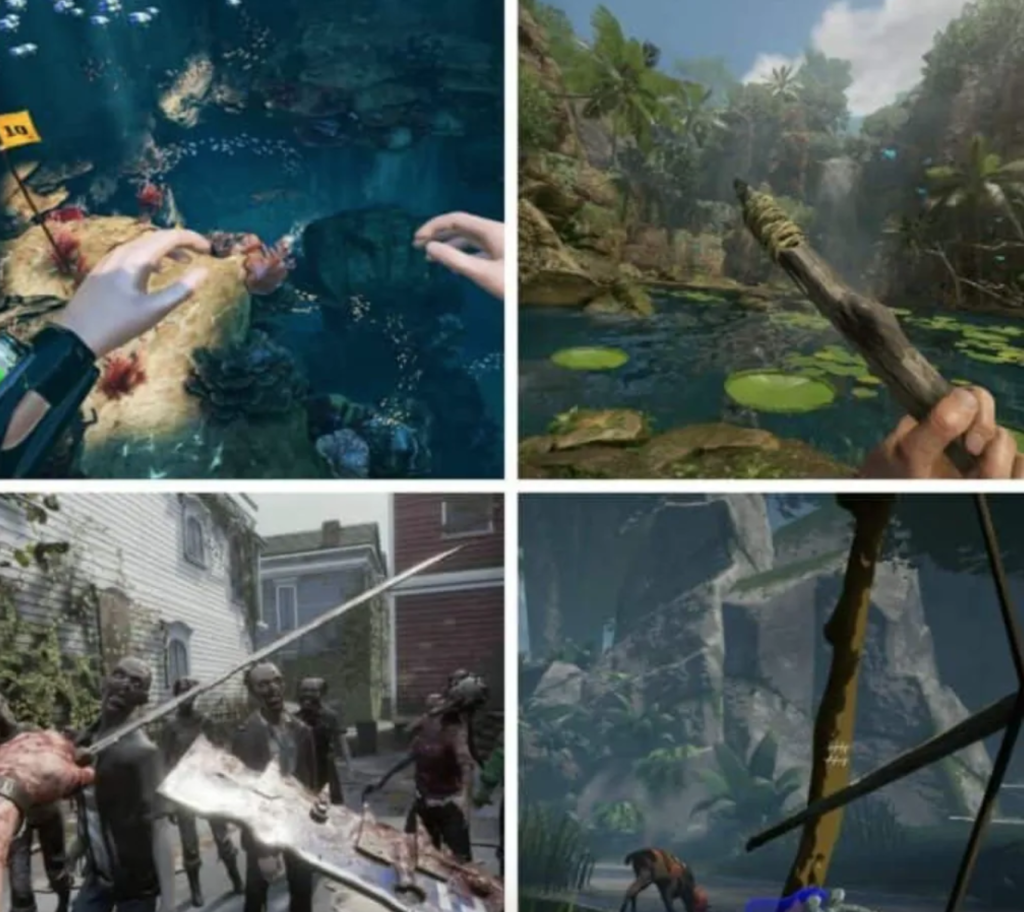
Virtual Reality (VR) and Augmented Reality (AR) adaptations
The immersive nature of OWSC games makes them ideal candidates for VR and AR adaptations. As these technologies become more mainstream, we can anticipate a shift where players aren’t just controlling characters on a screen but are virtually ‘inside’ these expansive worlds themselves. Imagine mining resources, building shelters, or battling foes in a fully immersive 3D environment. Similarly, AR could blend the virtual and real, allowing players to superimpose game elements onto our physical world, turning everyday surroundings into survival landscapes.
Increasing emphasis on environmental narratives and eco-gaming
As global conversations pivot towards sustainability and environmental consciousness, the OWSC genre reflects this trend. Future games might emphasize narratives where players must restore damaged ecosystems, combat pollution, or even understand complex environmental systems. This not only offers innovative gameplay mechanics but also has the potential to educate players on pressing real-world issues. Eco-gaming, where gameplay has ecological implications, could be a significant trend, using the power of games to inspire environmental mindfulness.
Influence of AI and procedural generation
The next frontier in the OWSC genre is likely to be heavily influenced by advanced AI and enhanced procedural generation. Instead of static worlds with set patterns, AI could craft ecosystems that evolve in real-time, with flora and fauna adapting to players’ actions. Procedural generation might move beyond just terrains to narratives, ensuring that every player’s journey is genuinely unique. Such technology would make game worlds more unpredictable, challenging, and alive, mirroring the complexity and dynamism of the real world.
The journey
The Open World Survival Craft (OWSC) genre has experienced a meteoric rise from its humble origins, merging elements from RPGs, sandbox titles, and adventure games. Over the decades, it has transformed, adopting intricate crafting systems, engaging environmental narratives, and leveraging technological advancements like AI and procedural generation. From early titles that hinted at the genre’s potential to modern masterpieces that captivate millions, the OWSC genre has showcased the best of gaming’s ability to evolve and innovate.
Vast potential and lasting impact
The influence of the OWSC genre is undeniable. It has reshaped the gaming landscape, fostering immense communities, inspiring creativity, and even finding applications in education. As we look to the future, the genre’s potential seems limitless. Its adaptability ensures it remains at the forefront of technological and narrative trends. The OWSC genre stands as a testament to the power of video games — not just as entertainment but as transformative, immersive experiences with enduring cultural and social significance.




